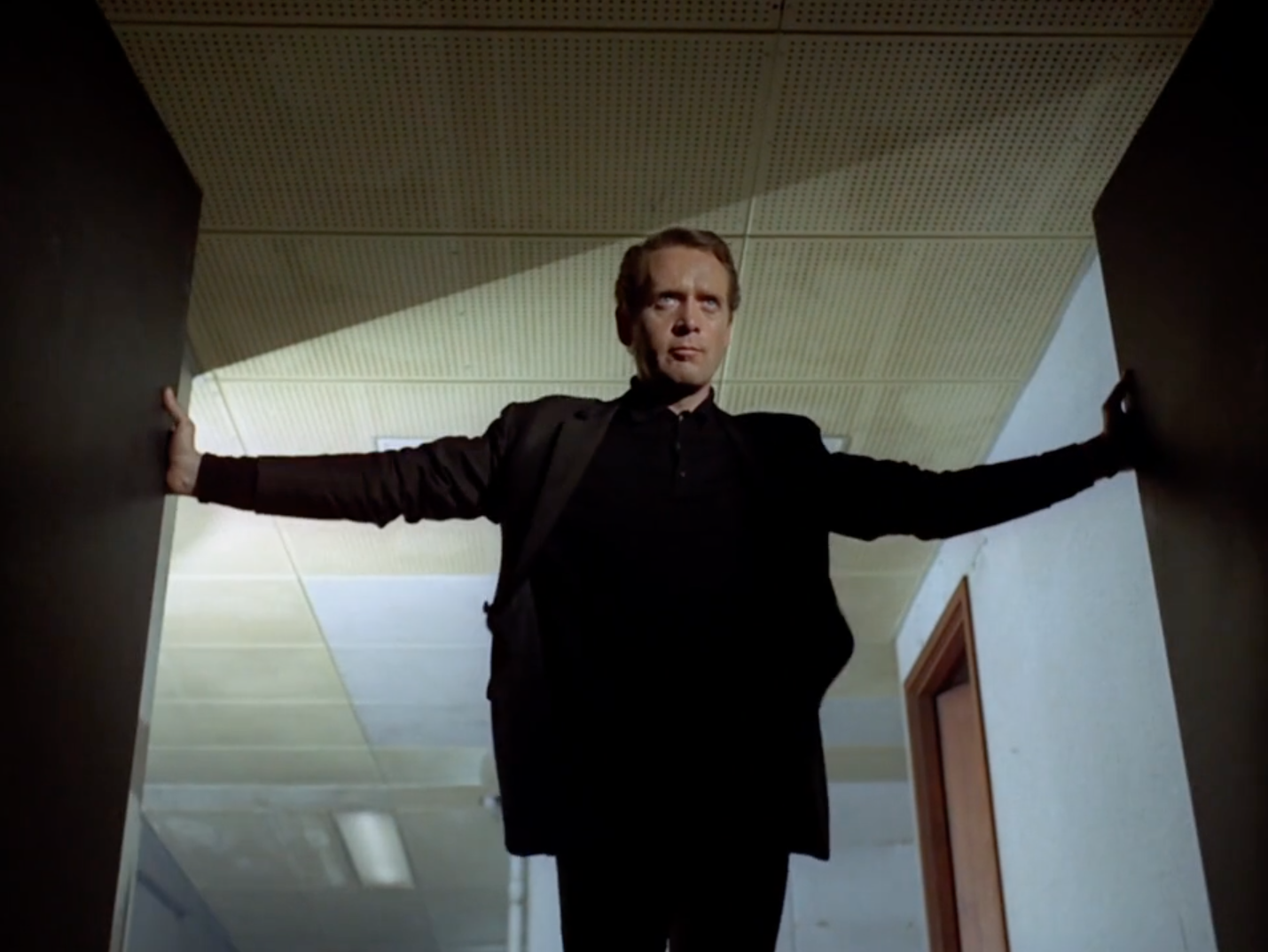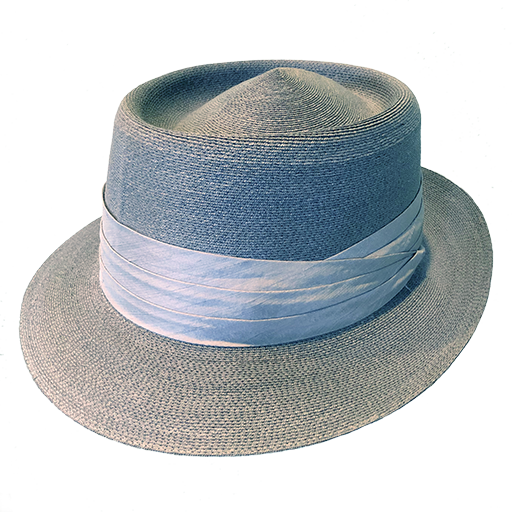
Be Seeing You, Mr. McGoohan
This blog entry was originally posted on my old website in 2009 after Patrick McGoohan died at the age of 80. It was subsequently lost so I am reposting it here.
Where am I?
In the Village.
What do you want?
Information.
Whose side are you on?
That would be telling…We want information…Information.
You won’t get it.
By hook or by crook, we will.
Who are you?
The new Number 2.
Who is Number 1?
You are Number 6.
I am not a number. I am a free man!

Long before Twin Peaks, Lost and a small group of other television shows that kept viewers on the edge of their seats each week and became the topic of water cooler conversations, there was The Prisoner. Four years after Rod Serling last invited us to “Imagine if you will…” in The Twilight Zone, Patrick McGoohan’s surreal vision was first broadcast on American television. While The Twilight Zone was an anthology series of morality plays that probed humankind’s deepest fears and insecurities, The Prisoner addressed some of those same fears but in a way that left more people scratching their heads than nodding in agreement. Viewers were left wondering what that strange canopied bicycle meant, who or what the big white balloon was, and who exactly was Number 1. If McGoohan had the answers, that would be telling. Throughout the rest of his life, the reclusive star refused to answer those questions and others regarding the meaning of the show, preferring to let viewers and fans discuss it and figure it out for themselves even if, in the end, they all come to different conclusions about what it all means.
About all that seems clear is that the show reflects each viewer’s prejudices and ideals. Religious allegory? A “magical mystery tour” of psychedelic nonsense? Ode to anarchy? Or a cautionary tale warning of a time when individuality is suppressed, societal needs are supreme, and the masses blindly accept their fate? The Prisoner may be all of these or none of them depending on your interpretation. It’s as if Kafka, Orwell, Dali and Hitchcock got together to work on a project and left it to us to figure out the meaning of it all.
My feeling, which is not an entirely original idea, is that the show represents the continual struggle of the individual to maintain his or her individuality and how to balance those rights against authoritarian efforts to maintain an orderly society with rules that sometimes place limits on personal freedoms. There is also the deeper struggle of the individual to control the baser, evil side within each of us. Which viewpoint right? Perhaps all of them, and therein lies one of the truly great conundrums—not only the personal struggle of good versus evil or conflicts between Right and Wrong, but also the conflict between two Rights.
Fighting back against oppression that would suppress individual freedoms and stopping Right from becoming Wrong is the responsibility of everyone whether that suppression comes to us from within, in the form of dogma, unjust laws, blind obedience to authority, or ignorance. In that sense, Number 6’s struggles are similar to those of Thoreau, Gandhi, and Martin Luther King, Jr. inasmuch as Number 6’s subversive actions are often acts of civil disobedience and non-violent protest that serve not only his own ends but protect and benefit his fellow “prisoners” in the Village. When comparing the Village to today’s world, however, the scales may have already tipped the balance against the individual.
Astronomer and popularizer of science, Carl Sagan, once envisioned a circumstance frighteningly similar to what Patrick McGoohan may have had in mind. In his last book, The Demon Haunted World, written in 1996, Sagan describes his fear of a future when the vast majority of citizens are technologically and scientifically illiterate and incapable of understanding important issues or making informed decisions that profoundly affect their well-being. The scientific method is ideally a democratic process and is one way to ensure that Right prevails. Whenever one asks “Why?” and demands an unbiased answer—even when that answer requires that you discard your own cherished conceptions—you are employing the ideals of science.
Although many articles and reports state that the protagonist in The Prisoner was a secret agent, no doubt based on the belief that Number 6 was adapted from John Drake, the character portrayed by McGoohan in his previous series Danger Man—a.k.a. Secret Agent Man in the United States, Mr. McGoohan emphatically stated that Number 6 was not John Drake1 and once stated that he considered Number Six to be a scientist. In fact, during World War II the British Inter-Services Research Bureau did “host” individuals with invaluable information at their disposal in a remote area of Scotland. They were well-treated and lived comfortable, but were not able to leave.2
Should you wish to see The Prisoner for yourself, the entire series—of which only 17 episodes were made—is available on VHS and as a DVD boxed set. Many libraries have the series on hand or you could add it to your Netflix queue. You can even watch the entire series online at Shout Factory TV Although there were 17 episodes eventually produced between 1966 and 1968, McGoohan originally envisioned a serial of seven episodes that you can easily binge watch. According to Mr. McGoohan3, the essential episodes in order are:
1. Arrival
2. Free For All
3. Dance of the Dead
4. Checkmate
5. The Chimes of Big Ben
6. Once Upon a Time
7. Fall Out
To learn more about The Prisoner, visit Six of One, the Official Prisoner Appreciation Society, or Retroweb. You can watch the opening credits that served to inform viewers of the show’s premise.
If you’d like to watch the show that to some degree or another gave rise to The Prisoner, Shout Factory TV also has nearly all of the episodes of Danger Man available for watching online. From the first episode astute views will notice locales used in The Prisoner were first used in Danger Man and many of the same character actors show up. Quite a few individuals involved with the production of Danger Man also went on to work on The Prisoner.
1From an interview with Patrick McGoohan conducted by Barrington Caslia and originally published in the Summer/Fall 1985 issue of New Video magazine. Reprinted in The Official Prisoner Companion by Matthew White and Jaffer Ali.
2White, M. and Ali, J., The Prisoner Companion, Warner Books, New York, 1988.
3Hora, M., The Prisoner of Portmerion, The Prisoner Appreciation Society, 1985. Carrazé, A, and Oswald, H., The Prisoner, H W Allen & Co., London, 1990.
